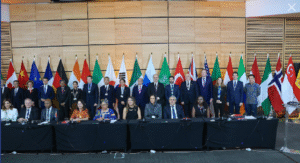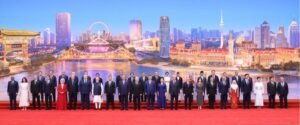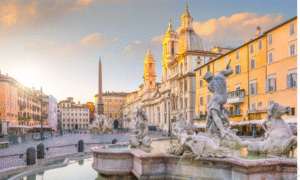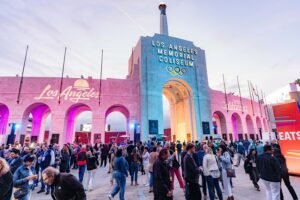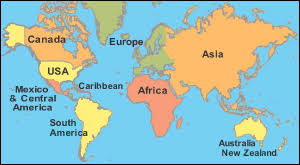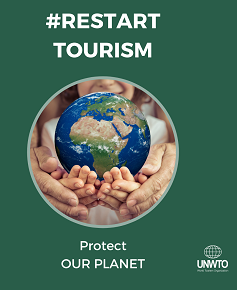Thailand – historic town of Sukhothai and associated historic towns
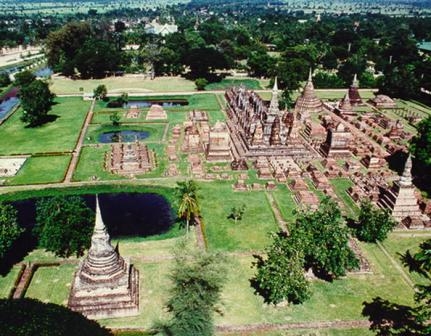
Sukhothai was the capital of the first Kingdom of Siam in the 13th and 14th centuries. It has a number of fine monuments, illustrating the beginnings of Thai architecture. The great civilization which evolved in the Kingdom of Sukhothai absorbed numerous influences and ancient local traditions; the rapid assimilation of all these elements forged what is known as the ‘Sukhothai style’.
The small historic park of Sukhothai (3.38 km2) constitutes a masterpiece of the first Siamese architectural style. The three sites are representative of the first period of Siamese art and the creation of the first Thai state.
Beginning in the 12th century, a people from Yunnan in China settled in the northern regions of the Khmer state. Known as the Thai (free men), they organized themselves in small communities. A Thai prince married a Khmer woman, then rebelled against the central power and created the first Siamese state, calling it the kingdom of Sukhothai after the name of its capital city. Ramkhamhaeng (or Rama the Strong), second son of the founder of the state (c. 1280-1318) was one of the most important Thai sovereigns, for he brought his state extensive territory through his military victories. He invented the Siamese alphabet (Khmer script) and imposed strict observance of the Buddhist religion and instituted a military and social organization copied from his vanquished neighbours, the Khmers.
The great civilization which evolved in the kingdom of Sukhothai was a tributary of numerous influences and ancient local traditions, but the rapid assimilation of all these elements forged, in record time, what is known as the Sukhothai style.
Three old towns were the principal centres of the kingdom of Ramkhamhaeng: Sukhothai (the capital), Si Satchanlai (second royal residence), and Kampheng Pet. In their architecture, built from brick with decorations in stucco and wood, they offer a great variety and skilful mixture of elements inspired by the Singhalese or Khmers. The great meeting rooms with the massive chevet decorated with a monumental portrait of Buddha are specific to Sukhothai architecture and subsequently influenced all Thai art. Among the statuary, the first Thai style is distinguished by the particular physical features of the Buddhas: a long, fine nose, a flame-like protuberance on the head (Sinhalese influences) and a double line around the mouth (Khmer tradition). Buddha is often represented upright (walking), his clothing clinging to his body, with an almost haughty attitude.
The historic town of Sukhothai lies a dozen or so kilometres from the modern town and still has a large part of its fortifications. The principal monuments include the monastery (wat) Mahathat, with its royal temple and its cemetery; Sra Si Wat, with its two stupas, their graceful lines reflected in the water of the town’s biggest reservoir; and an impressive prang (reliquary tower typical of Ayutthaya art) from a somewhat later period. The site has been excavated and studied since the mid-20th century. In 1988 a 70 km2 area was declared a historic park. Unfortunately, a modern road was built and cuts the site in two.
The historic town of Si Satchanm, famous for its ceramics, is separated from the modern town by the river Yom. Among the 140 buildings on the site the most notable is the monastery of Chedi Chet Thao (temple with seven points), impressive with its seven rows of elongated stupas, erected to hold the ashes of the governors of the town. Since 1983, the site has been classed as a historic park (45 km2).
The historic town of Kamohena Pet (wall of diamonds) played mostly a military role and, even after the fall of the kingdom of Sukhothai, retained strategic importance. For this reason, its monuments are as much in the Sukhothai as in the Ayutthaya style. In 1980 the site was declared a historic park.
Source: UNESCO/CLT/WHC



